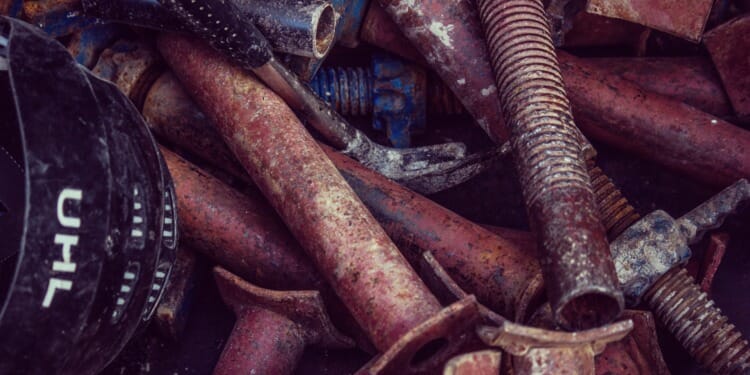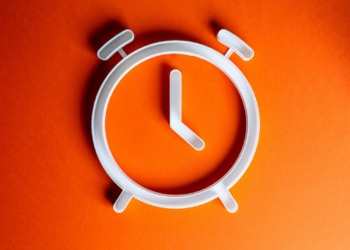The Australian company, Fortescue Metals Group, is reportedly following “some of the most ambitious green plans in the industry,” in particular hoping to become the first-ever “major supplier” of green iron ore. For that purpose, the Group has set up a new unit, Fortescue Future Industries to lead the way and develop the necessary strategies to achieve its new “green” goal.
Fortescue’s founder and chairman, Andrew Forrest, said in a briefing: “The really big steps for the creation of steel delivered to customers to be decarbonised has to be first the big one – create green iron ore.”
Forrest also said that Fortescue’s goals will be revealed in detail next month and that the company had decided to declare its targets only once it was definite that they could be carried out effectively.
The Group is looking beyond Australia where it is based. Fortescue Future Industries (FFI), is looking into green projects overseas. FFI CEO, Julie Shuttleworth says:
“FFI is actively establishing a portfolio of projects associated with renewable green hydrogen and green industrial products. We look forward to working with JSW Energy on potential projects in India and providing a strong contribution to the world’s transition away from fossil fuels.”
According to Reuters, the FFI, invested $122 million in 2020 and is planning on investing between $400 million and $600 million by June of 2022, in an effort to create trucks, green trains, shipping, as well as “decarbonisation technologies.”
Forrest also said that the funding of FFI makes it fully operational. FFI receives 10% of Fortescue’s overall net profit, more than enough to achieve the goals of the company, such as reaching net zero emissions by 2030 at all its operations, at which point it will supply “15 million tonnes of green hydrogen” on an annual basis.
Related Articles: The SDG That Is Slipping Away From Us l Large-Scale Carbon Capture is Finally Underway
The 2030 deadline is reportedly far more ambitious than the company’s bigger competitors BHP Group and Rio Tinto, which only aspire to have net zero emissions “at their operations,” by 2050.
In order for Fortescue to achieve its goal of 15 million tonnes of hydrogen per annum, the company will require approximately “2 gigawatts of electrolyser capacity”. And they plan to rely on renewable energy to split water to produce green hydrogen.
Reuters also reported that other similar projects in Australia plan to use a lot less energy. They are either less ambitious, seeking just “0.5% of the capacity FFI aims to have by 2030,” or plan to use electrolysers at a much lower capacity, not more than 10 megawatts.
According to International Mining, Fortescue also stated in its FY2021 Climate Change Report, that they plan to use green hydrogen, renewable energy and Aqua Ammonia for their operations.
Fortescue has also reportedly started using battery cells on the company’s trucks. Additionally, the “design” and production of a hydrogen-fuelled “haul truck for technology demonstration” has now been finalised, and the systems testing is currently in progress.
Fortescue’s green ambitions are not only impressive but promising when one considers the investments made towards the FFI and eco-friendly transport technology. But whilst the Australian company has acted as a pioneer towards a greener future, it isn’t followed by the rest of the industry. The targets announced by its rivals are far less ambitious. It would appear, therefore, that the wider industry must engage in greater and more sustained efforts in order to make a real difference.
Editor’s Note: The opinions expressed here by Impakter.com columnists are their own, not those of Impakter.com.— In the Featured Photo: Iron objects. Featured Photo Credit: michael schaffler.










